Some aloe species can be quite tricky to grow in a garden, but here are some that can adapt
- Vanbalenii needs very little attention, and forms dense clumps. If planted in full sun and watered sparingly, the foliage turns a deep orange-red colour combining well with yellows and other warm colours.
- Cooperi is one of the grass aloes, ideal in informal beds and it performs well in cultivation. It forms dense clumps over the years, and unlike most other aloes, flowers from December to February. It goes dormant in winter so it doesn’t mind frosty conditions.
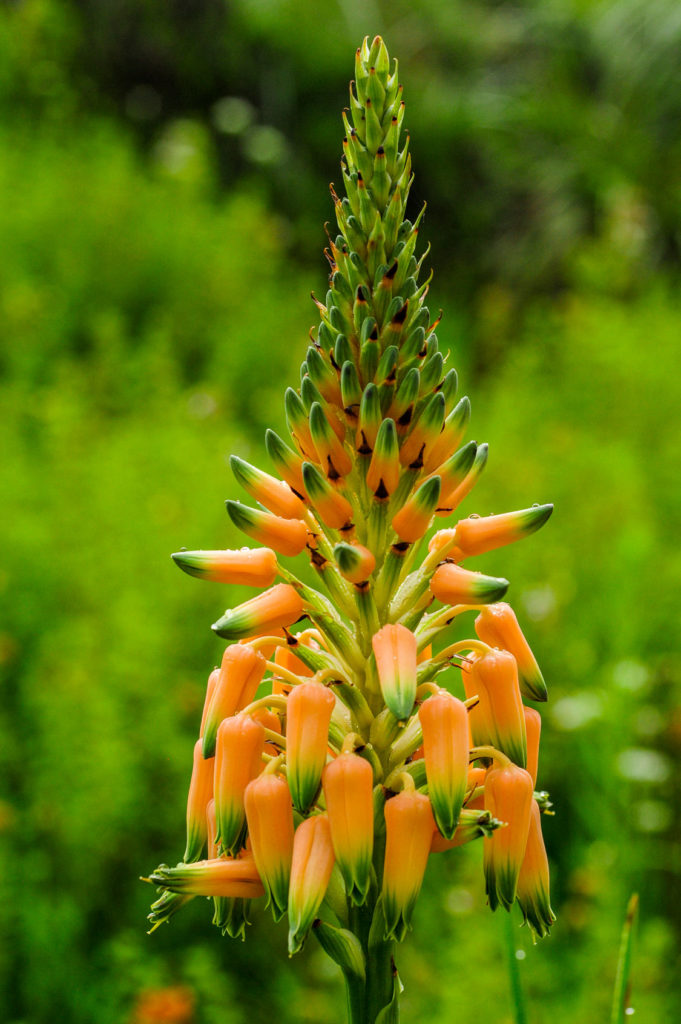
Aloe cooperi
- Barberae is a striking tree aloe growing up to 15m in nature, usually 6–8m in gardens. It grows fairly fast when planted in rich soil and watered well, but it is not frost tolerant, particularly when young.
- Arborescens and the closely related mutabilis grow into dense, multiheaded shrubs that are covered in blooms from May to July. They are particularly effective when planted en masse along a boundary, quickly forming an impenetrable barrier. There are several different colour forms available.
- Marlothii is used extensively in landscaping as it’s easy to grow, requires very little maintenance and has a majestic stature.
Growing tips
- Aloes like rich well-draining soil, but have little tolerance for heavy clay. To improve poor drainage, try raising the beds by adding about 30cm of river sand and a generous helping of compost.
- If you’re planting aloes in pots, use a succulent potting mixture with some added compost. You’ll know you have the right mix when the water doesn’t collect on the top of the soil.
- Most aloes need full sun but there are exceptions so do a bit of research. Generally those grown in full sun have better colouring, flower strongly and are less susceptible to pests and diseases.
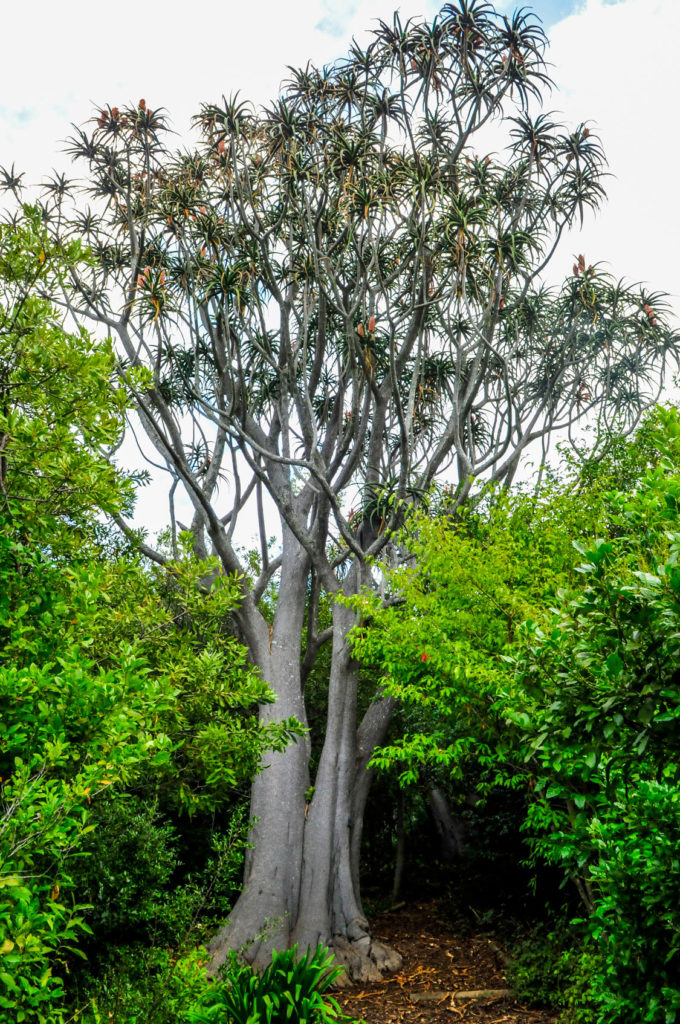
Aloe barberae
- Aloes in the garden respond well to organic fertilising, especially at the beginning of spring (for better summer growth) and in February to March (to enhance flowering).
- Due to leaching, aloes in pots need more feeding. Use an organic, slow-release fertiliser like Talborne 3:1:5 every three months.
- Aloes love well-rotted kraal manure. It can be mixed into the planting hole or potting mixture or use it as top dressing around the base of established plants.
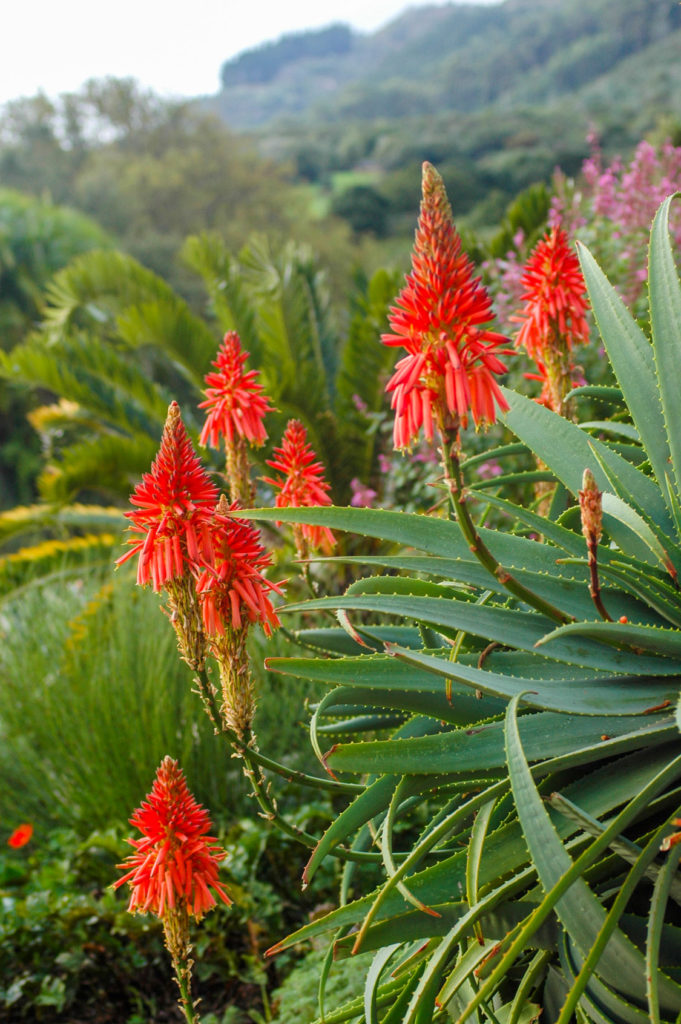
Aloe arborescens
Aloes at a glance
POSITION Full sun, although some varieties tolerate a little shade.
PLANT All year round.
WATER Well until established and then only in dry times.
SIZE This depends on the species and they vary from 20cm–15m high.
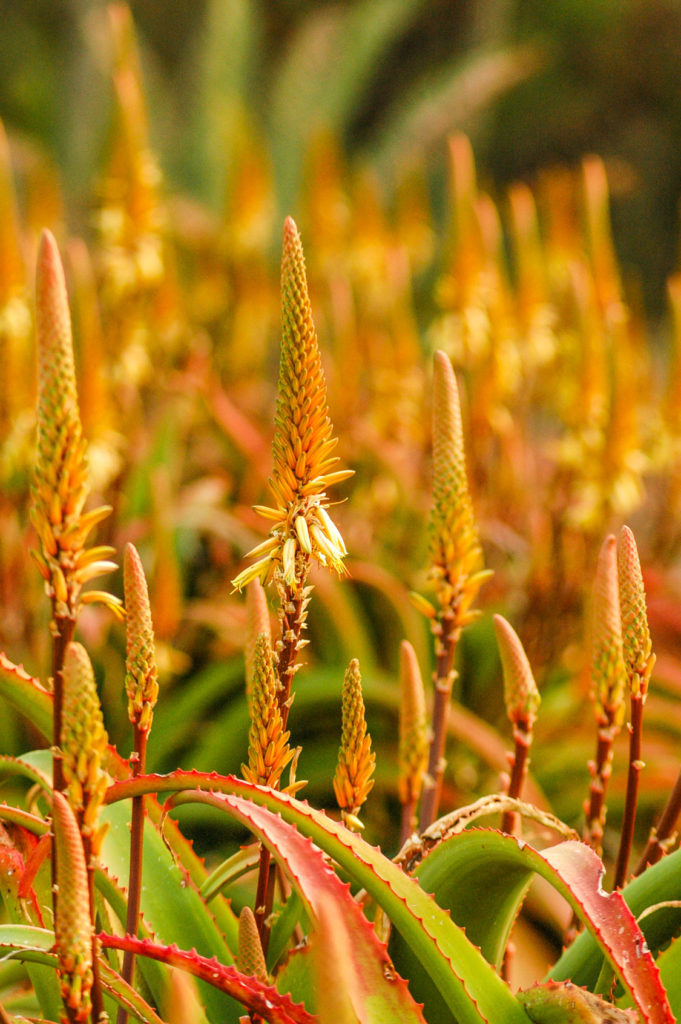
Aloe vanbalenii
FROST TOLERANCE This depends on the variety.
CAUTION Some have sharp leaf margins.
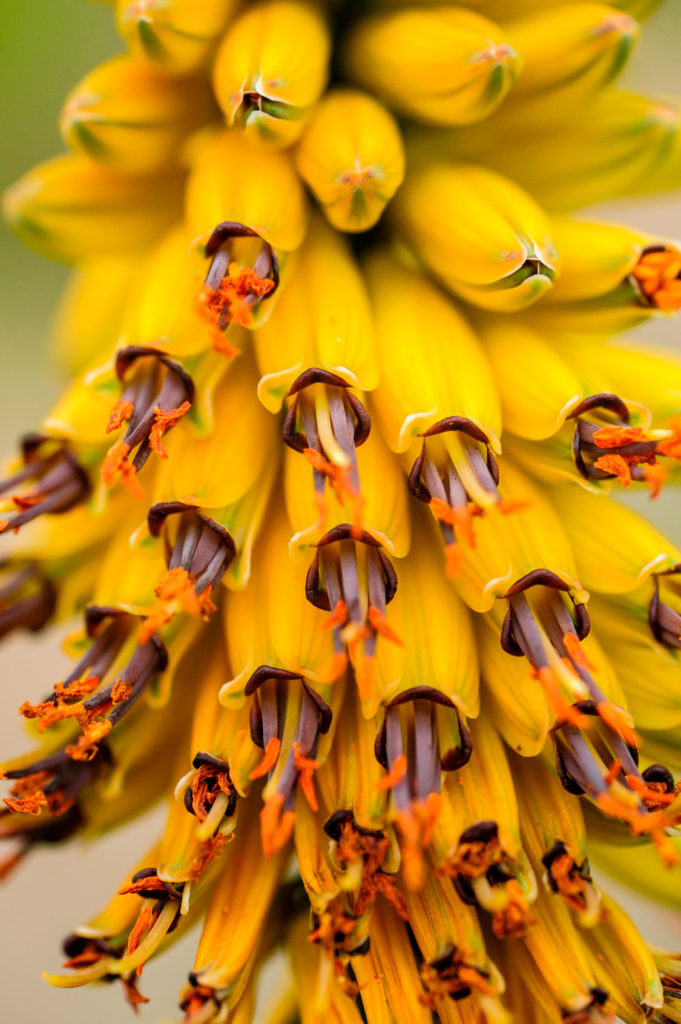
Aloe marlothii
*For more information on aloes, visit SANBI plantzafrica.com and pza.sanbi.org
The Walter Sisulu Botanical Gardens in Roodepoort have a wide variety of aloes.

